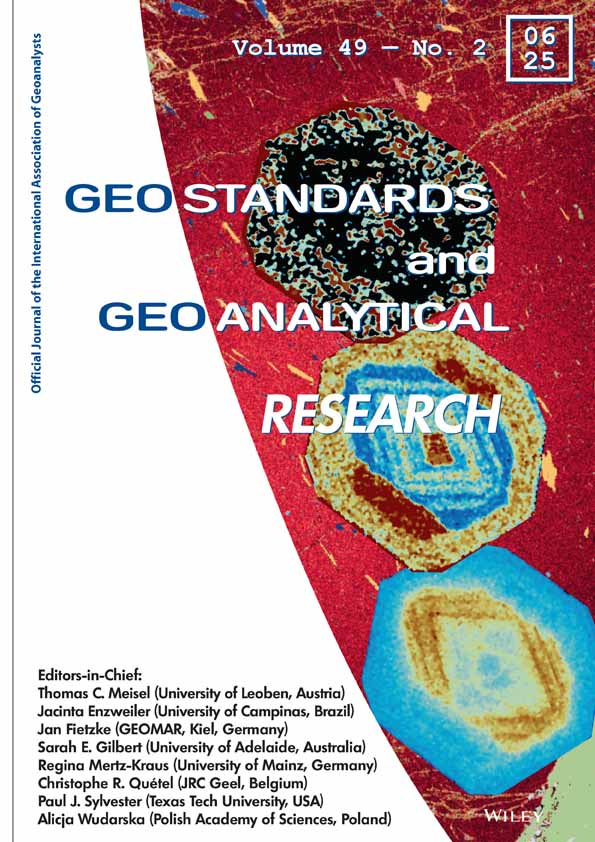Arsenic Speciation in a Contaminated Gold Processing Tailings Dam
Abstract
enGold recovery in ores containing arsenopyrite releases significant amounts of arsenic into the environment due to mineral processing and oxidation during storage. The extent of arsenic weathering in a tailings dam has been investigated. Speciation of As in surface and pore waters and pond sediments showed that for gold tailings in the dam, As enrichment took place in the pore water relative to the surface water. In pond sediments As was predominantly present as residual arsenopyrite and partly as a substance co-precipitated with iron hydroxide. The arsenic release from the sediment results from a reductive dissolution of the arsenopyrite and Fe oxides. In the surface water, arsenate and arsenite are the main arsenic species (arsenate is dominant), but in the pore waters methylation processes play a significant role. Arsenic transport is accompanied by the transformation of As into the less toxic compounds (methylated species) co-existing with the most toxic species (arsenite).
Abstract
frL'extraction d'or à partir de minerais contenant de l'arsénopyrite libère des quantités importantes d'arsenic dans l'environnement, en raison du traitement du minerai et de l'oxydation pendant le stockage. Le degré d'altération de l'arsenic a étéétudiéà l'intérieur des barrages de stériles. La spéciation de l'arsenic dans les eaux de surface, les eaux interstitielles et les sédiments de bassin de décantation montre que, dans les stériles, les eaux interstitielles sont enrichies en arsenic par rapport à l'eau de surface. Dans l'eau des bassins, l'arsenic est présent surtout sous forme d'arsénopyrite résiduelle et en partie sous forme d'un co-précipité avec les hydroxydes de fer. La libération d'arsenic à partir des sédiments résulte de la dissolution en milieu réducteur de l'arsénopyrite et des oxydes de fer. Dans les eaux de surface, l'arséniate et l'arséniure sont les deux formes de l'arsenic, l'arséniate étant dominant, mais dans les eaux interstitielles des processus de méthylation jouent un rôle important. Le transport de l'arsenic est accompagné de la transformation de l'arsenic en des composés moins toxiques (formes méthylées) qui coexistent avec les formes plus toxiques (arséniure).




